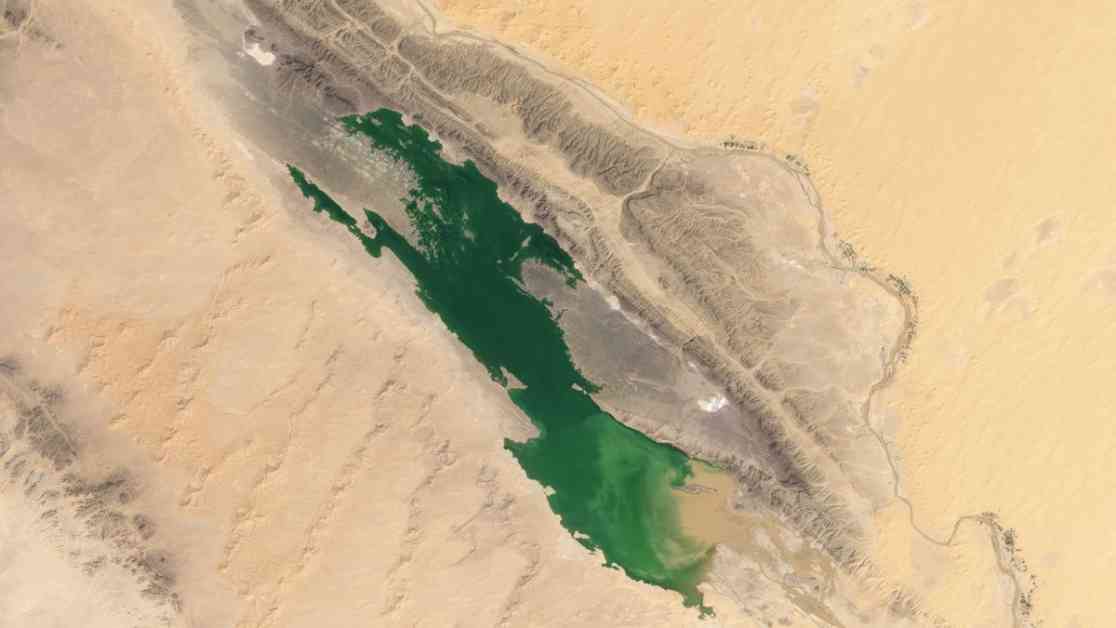Satellite Images: Lakes Form in Sahara Desert After Heavy Rainfall
Lakes have been spotted in the Sahara Desert following heavy rainfall brought by a cyclone that hit northern Africa. The satellite images captured the temporary lakes in the largest hot desert on Earth after the extratropical cyclone dumped about 8 inches (20 centimeters) of rain on the region on Sept. 7 and 8. This amount of rainfall is equivalent to what the area typically receives in an entire year.
The runoff from the rainfall filled numerous ephemeral lakes in the Sahara, including the Sebkha el Melah lake in Algeria and others scattered around the Erg Chebbi region in Morocco. The Moderate Resolution Imaging Spectroradiometer (MODIS) on NASA’s Terra satellite also recorded the appearance of several ephemeral lakes in different parts of Morocco and Algeria.
The lakes in the Erg Chebbi region were formed as rivers from the nearby Atlas Mountains overflowed near Merzouga, a town close to the Algerian border that acts as a gateway to the star dunes. Images captured by the Copernicus Sentinel-2 satellites on Oct. 1 showed the new lakes emerging around the edges of Erg Chebbi.
The Sebkha el Melah lake in Algeria, which covered an area of 74 square miles (191 square kilometers) and was about 7.2 feet (2.2 meters) deep, was observed through images from NASA’s Landsat 9 satellite. The lake’s extent and depth were calculated by Moshe Armon, a senior lecturer at the Hebrew University of Jerusalem, using satellite images and a 3D map of the lake.
Although the current water levels in Sebkha el Melah are significant, they have been higher in the past. The lake filled up in 2008 after heavy rainfall from another extratropical cyclone, and it took four years for the lake to completely dry up. The water in the lake is expected to evaporate slowly, with a depth of 2.2 meters taking about a year to completely disappear if no more rain events occur.
Studying rainfall events like the recent cyclone in the Sahara helps researchers gain insights into the desert’s past and future. Understanding how the Sahara behaved thousands of years ago when it was greener provides valuable information on how it might change in the future due to climate change. While current projections indicate that parts of the Sahara may receive more rainfall, there are still uncertainties about the desert’s future. By studying events like the filling of these temporary lakes, scientists hope to develop a clearer picture of what lies ahead for the Sahara.










